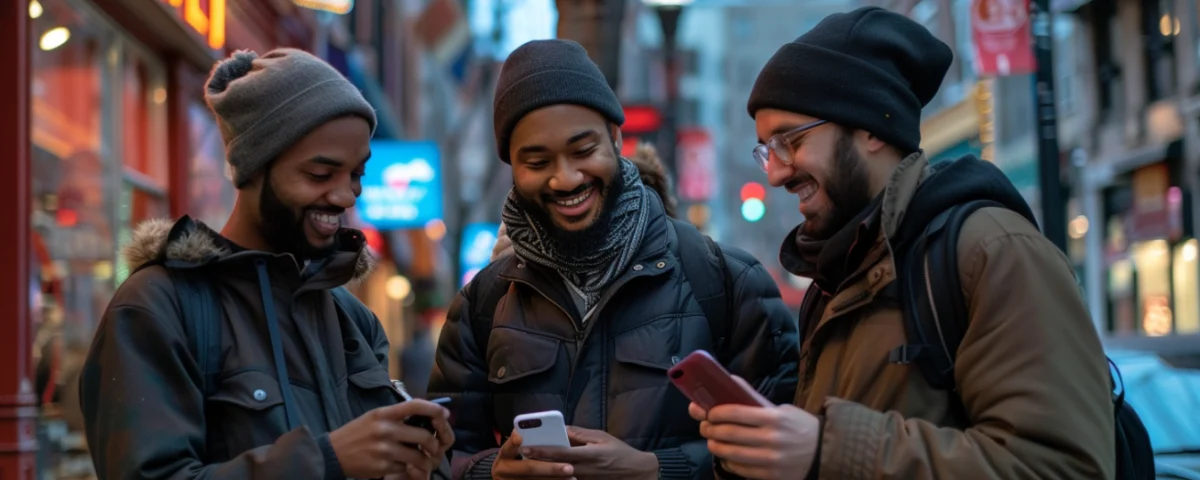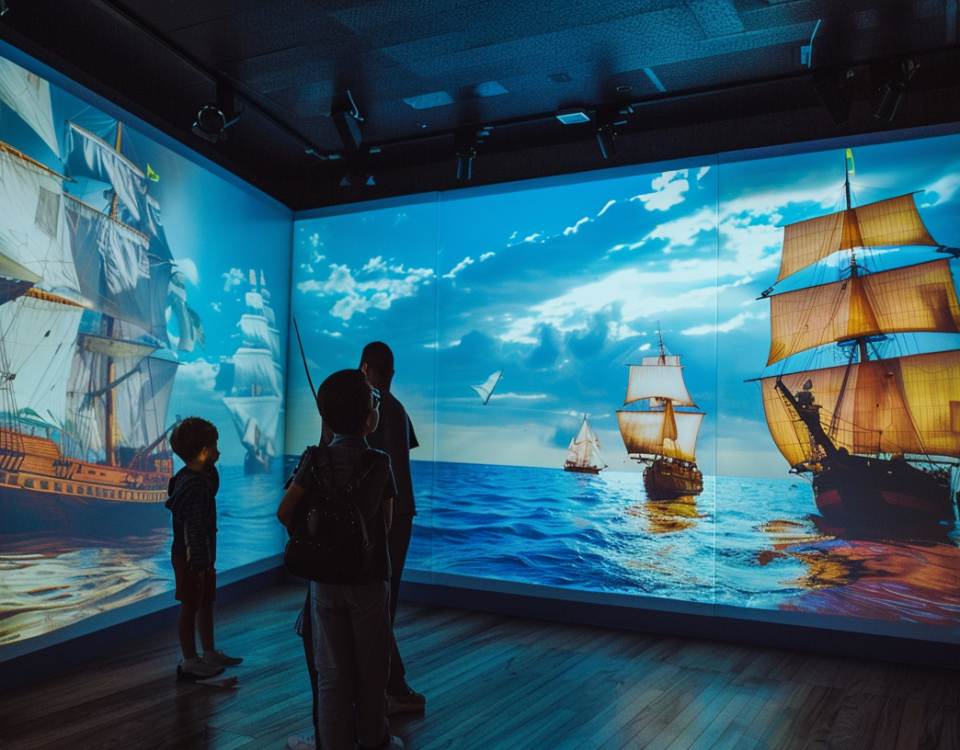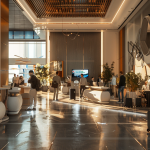
The Impact of AI on Hotels: A Revolution in Customer Experience and Management
10/06/2024
8 ways to optimize customer experience with AI
18/09/2024In the tourism industry, the customer experience is at the heart of success. Modern travelers are increasingly demanding, looking for personalized service, immediate answers to their questions and memorable experiences. With the rise of artificial intelligence (AI) technologies, companies now have innovative tools to improve every aspect of the customer journey and operations. Whether it’s offering fast, efficient assistance, creating captivating visuals or automating processes, AI offers new prospects for transforming the tourism sector.
In this article, we’ll explore five must-have AI tools for improving the customer experience in tourism. These tools range from sophisticated language models to automation platforms, showing how AI can be used strategically to deliver superior services and create unforgettable memories for travelers. Whether you’re a travel agency, hotel, tourist attraction or any other business in the sector, these technologies can help you meet your customers’ high expectations and stay competitive.
The must-have AI tools for tourism
1. GPT Chat

Named word of the year in 2023 by the Economist, Chat GPT could also win the “most useful player” award for the tourism industry. Chat GPT is a language model developed by OpenAI that can generate high-quality text responses in real time. In concrete terms, Chat GPT can help you write, translate, summarize, analyze or even brainstorm. It’s a multi-purpose tool that can help you on a daily basis. For the tourism sector, Chat GPT can be integrated into chatbots to offer 24/7 assistance to customers, or used as an assistant to perform a multitude of tasks. Whether it’s answering frequently asked questions, providing personalized recommendations or writing texts, Chat GPT is an indispensable tool.
Why it’s important for tourism : Customers are looking for immediate answers to their questions and quick solutions to their problems. Chat GPT improves customer service efficiency, reduces waiting times and ensures greater visitor satisfaction. It also enables any employee or manager in an organization to be much more productive and efficient.
Can be used:
– Content writing, editing and translation
– Creating a chatbot
– Help with answering e-mails
– Brainstorming for a multitude of tasks (strategic planning, advertising, etc.)
– Data analysis
Website: https://openai.com/chatgpt/
2. Midjourney
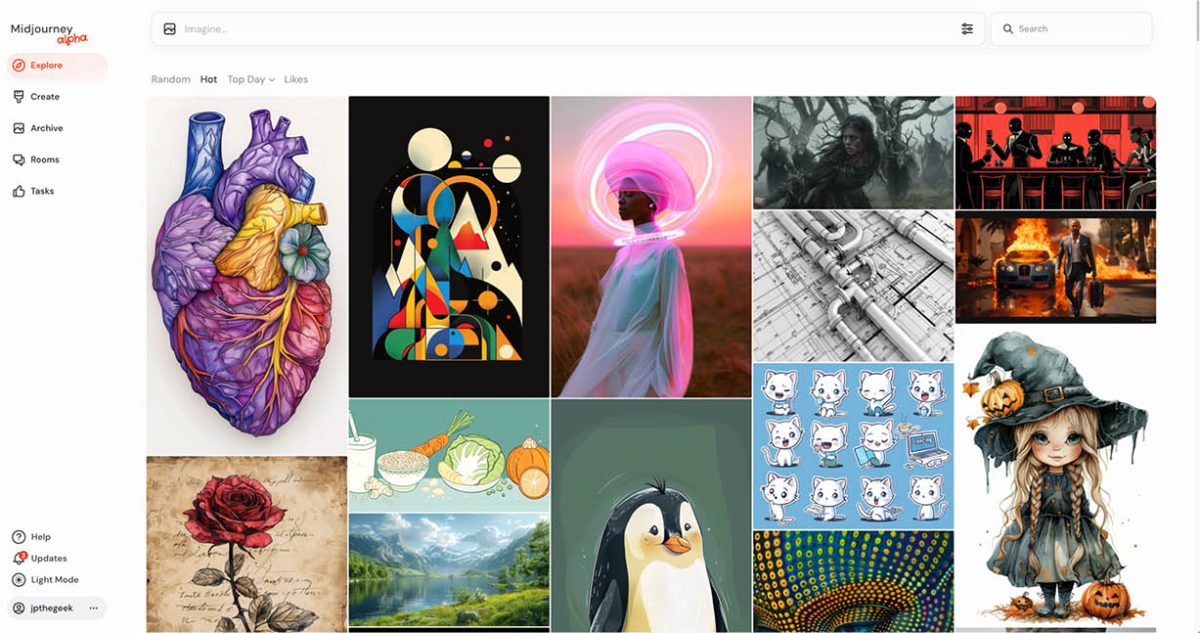
There are several AI-based image generation platforms. In terms of realism and image quality, Midjourney currently tops the list. It enables companies to create attractive, personalized visuals for their marketing campaigns. In the tourism sector, Midjourney can be used to create engaging images for destinations, hotels and attractions, helping to engage potential customers and raise the profile of one’s company brand.
Why it’s important for tourism: A picture is worth a thousand words, especially in tourism. High-quality visuals produced by Midjourney can enhance advertising campaigns, generate customer interest and increase bookings.
Can be used:
– Creation of marketing visuals for a website or social networks
– Design mood boards for projects under development
– Inspiration brainstorming
– Website mockup
– Logo design
Website: https://www.midjourney.com/
3. Perplexity

Perplexity is an AI tool that analyzes natural language to extract valuable data from a textual dataset. Perplexity lets you make queries, just like in any search engine (e.g. Google), and receive an answer to the question with supporting sources. For tourism, Perplexity can be used to perform a multitude of searches that are normally done in a search engine, or to perform more specific tasks such as market research or analyzing comments on social networks. These analyses enable companies to understand customer expectations and preferences, and adjust their services accordingly.
Why it’s important for tourism: Understanding customer needs and expectations is crucial to delivering an exceptional customer experience. Perplexity helps tourism businesses identify trends, solve common problems and continuously improve their services.
Can be used:
– Summary of articles or websites
– Replace a search engine
– Obtaining sources of information
– Market analysis
Website: https: //www.perplexity.ai/
4. Canva Magic Design
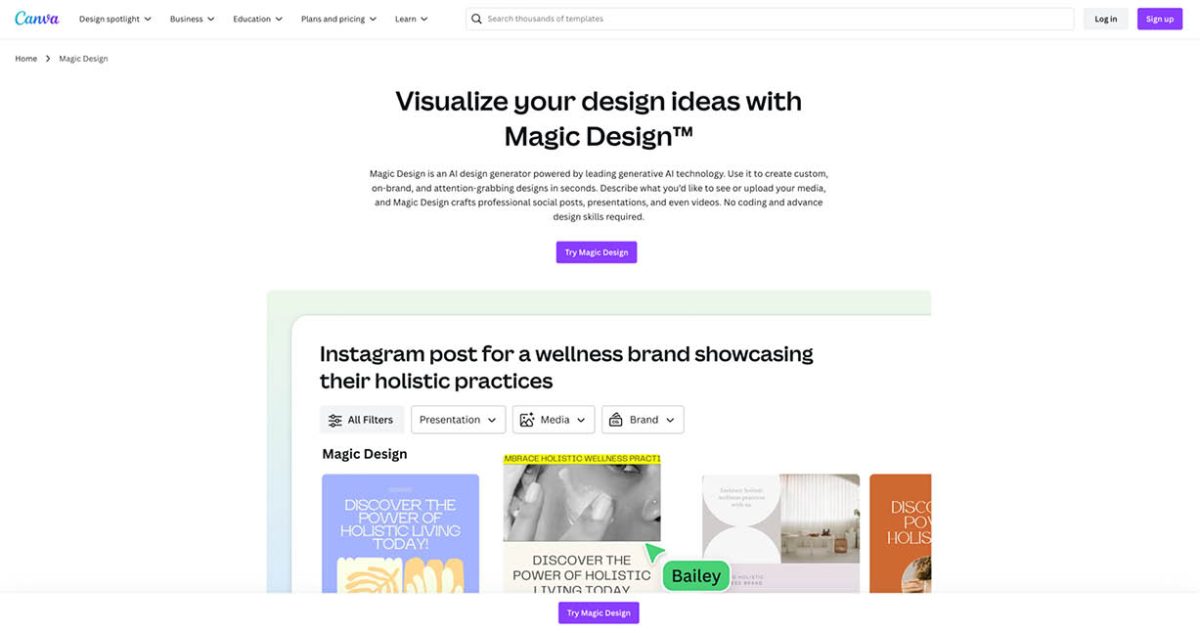
Although not solely an AI tool, Canva has developed Magic Design, a powerful AI-assisted graphic design tool that simplifies the creation of attractive, professional visuals. Ideal for tourism businesses, this tool enables the rapid production of high-quality visual content without the need for design skills. Canva can be used to create almost any graphic design for a company, and Magic Design makes it easy to create content.
Why it’s important for tourism: Canva enables tourism businesses to maintain a consistent, professional visual presence, while simplifying the process of creating graphic content. Thanks to its intuitive interface and powerful AI features, even users with no design experience can produce visuals that capture attention and engage customers.
Can be used:
– Creation of marketing visuals
– Design of brochures, advertisements, internal documents
– Adapting a design to several different formats
– Creating presentations
– Video editing
Website: https://www.canva.com/magic-design/
5. Make.com
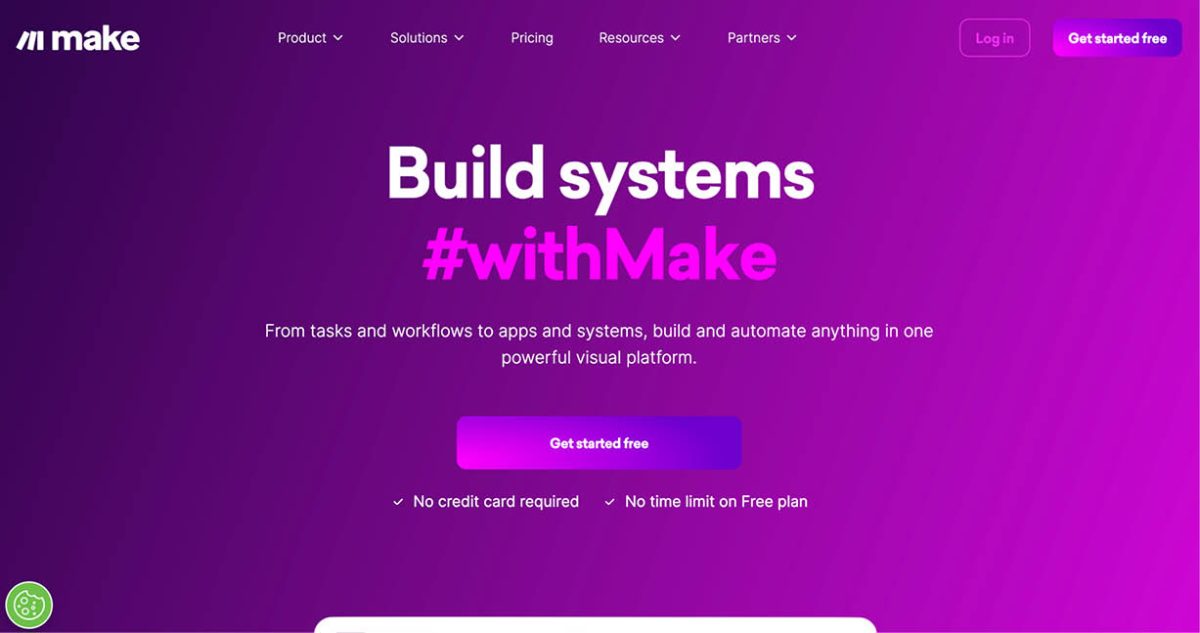
Make. com is an automation platform that enables companies to connect and automate various applications and processes. Although not as easy to use as previous tools, the power of Make.com lies in its ability to adapt to any company’s processes. In the tourism sector, Make.com can be used to automate reservations, reply to e-mails automatically, facilitate communication with customers and much more. By integrating different systems, Make.com helps companies operate more smoothly and efficiently. Make.com is undoubtedly one of the most flexible and powerful of all AI tools.
Why it’s important for tourism: Automation reduces the time and effort needed to manage day-to-day operations, allowing businesses to focus on improving the customer experience. Make.com helps ensure that processes run smoothly, improving overall customer satisfaction.
Can be used:
– Automated reservations
– Automatic e-mail reply
– Invoices created automatically when a customer is added
– Connecting two systems that don’t talk to each other (like your CRM and your accounting system)
– HR process automation
Website: https://www.make.com/
Conclusion: A promising future with AI in tourism

The adoption of AI in the tourism sector is not limited to these five tools. The possibilities are vast, and continue to evolve, paving the way for even more impressive innovations. Whether through virtual reality for immersive tours or intelligent voice assistants for instant recommendations, AI is constantly pushing the boundaries of what’s possible.
The opportunities for innovation in tourism will continue to grow, and companies ready to embrace these technologies are likely to have an advantage over the next few years. Integrate AI today and make sure you stay at the forefront of innovation in the tourism sector.

